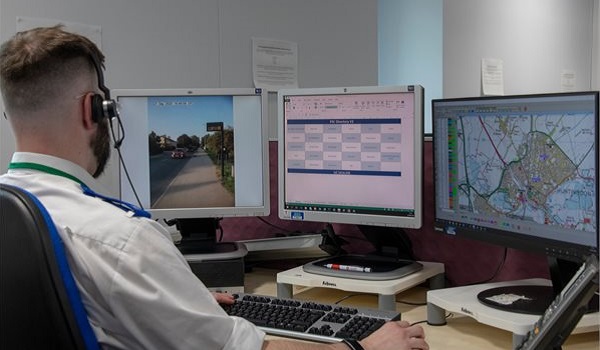The post-Tetra era
Tetra it is no longer fit for purpose, says Carsten Brinkschulte. In todays world, public safety professionals need a modern communications system capable of being used everywhere including in remote areas, Tube stations and underground car parks.
Tetra it is no longer fit for purpose, says Carsten Brinkschulte. In todays world, public safety professionals need a modern communications system capable of being used everywhere including in remote areas, Tube stations and underground car parks.
While the Tetra (terrestrial trunked radio) standard has served emergency services communications well for the past decade, it is no longer fit for purpose. Effectively a glorified walkie-talkie service with limited messaging capabilities, as well as being clunky and ridiculously expensive, Tetra handsets are not providing appropriate tools to emergency services in the era of smartphones, instant messaging and Google Maps. Plans to replace the antiquated and expensive Tetra networks are already underway as governments look for cheaper, better and smarter communications solutions for critical communications.
In a world punctuated by natural disasters, accidents, crime and terrorist atrocities, our police, paramedics and firefighters need access to a modern communications system that marries a high-speed, reliable and secure broadband voice and data service with customised off-the-shelf mobile handsets, enabling them to use modern apps for group and video communications, mapping and fleet management.
The UK is making headway in this area with its much touted £1.2 billion Emergency Services Network. This will see a new, private LTE (long-term evolution)-based mission-critical communications system for public-safety agencies and other government organisations being rolled out from mid-2017 by mobile network operator EE, which was awarded the contract under the Governments Emergency Services Mobile Communications Programme. Motorola Solutions will be responsible for the delivery of the user services contract, providing systems integration and public safety functionality, while KBR was awarded the delivery partner services contract.
EE said its 4G network will significantly improve the efficiency of the emergency services by giving them access to the type of data and applications that have benefitted private businesses in recent years.
While this is certainly a significant improvement on the 1980s technologies that our public safety professionals rely on today, I believe the concept can be complemented with an intelligent and literally mobile network at the edge in particular, to cover rural areas and to restore reliable, decentralised communications should the centralised network fail.
The Governments approach is to copy and paste the existing, centralised mobile network architecture, with all its strengths and flaws. Given that even 3G networks still do not cover the entirety of the UK, it sounds unlikely that a new 4G network will be fully available across Britains land mass (the Governments aim) by 2020 when the Tetra network is due to be switched off. In fact, EEs chief executive went on record recently to say that 4G is currently available to 93 per cent of the UK population and that, along with other mobile operators, EE has pledged to provide coverage across 90 per cent of the UK landmass by 2017.
And this is the nub of the issue. Not just for the UK but for all the other 300-odd Tetra deployments around the world too. Coverage in remote areas, in our cities underground transportation systems and for air-to-ground communications with emergency service helicopters, are all vital components in a workable nationwide plan, not simply a nice to have. Special forces need to be able to communicate in remote areas, in the woods and out in the fields, too not just in the cities. Imagine a scenario where a skier crashes in the Alps and a first responder is unable to summon an air ambulance; or a London 2005-like terrorist strike on an underground network where vital moments are lost because of 4G not spots.
However, blanketing large countries like the UK, France or Germany with a dedicated, private LTE network for emergency services will be very expensive to build as it will require thousands of radio towers just to cover the remote are




